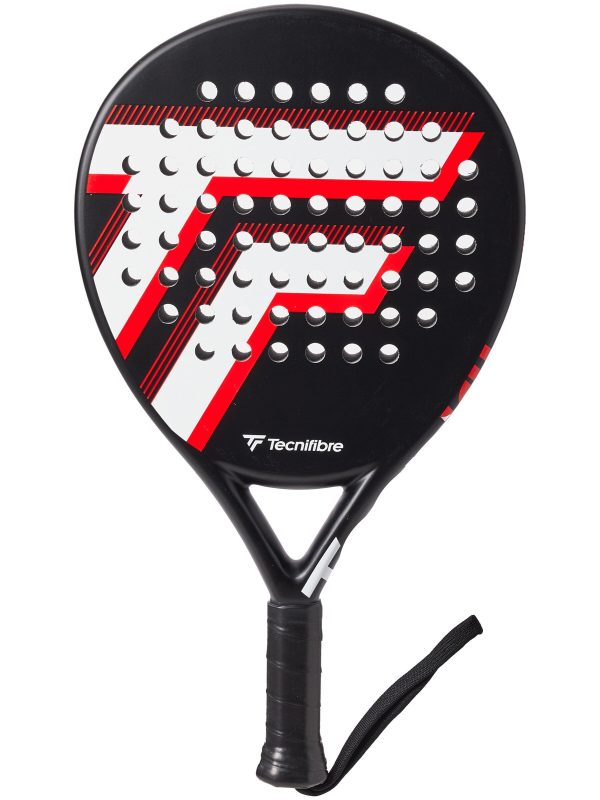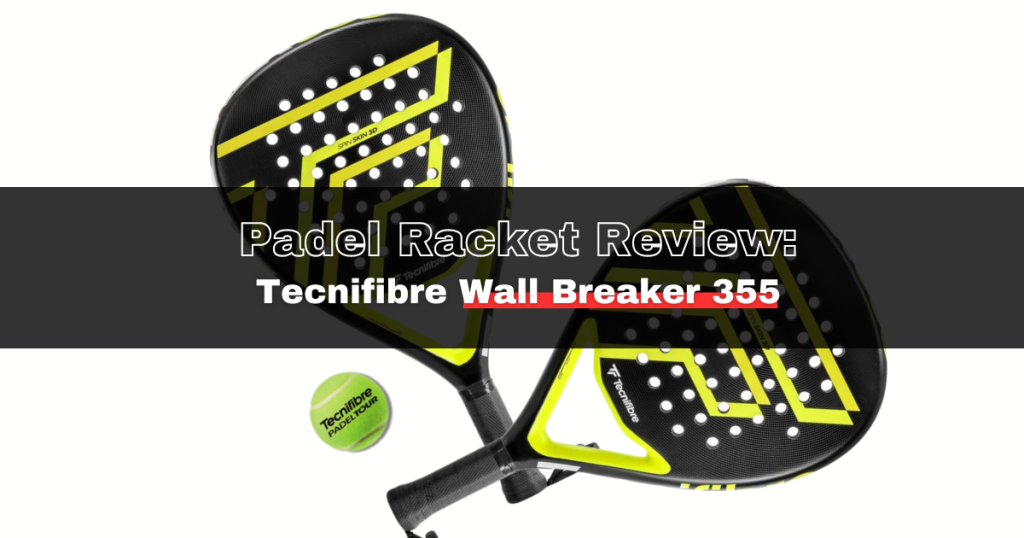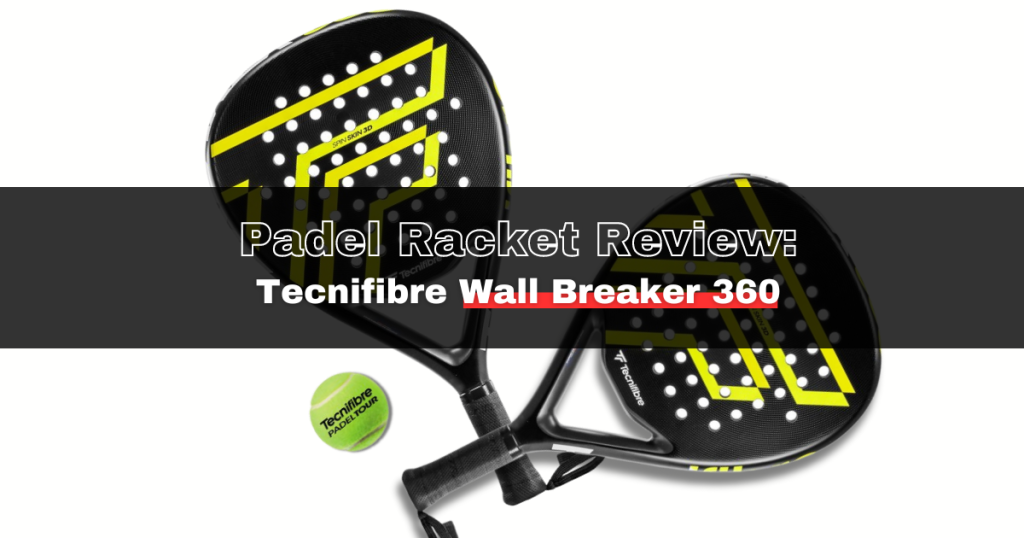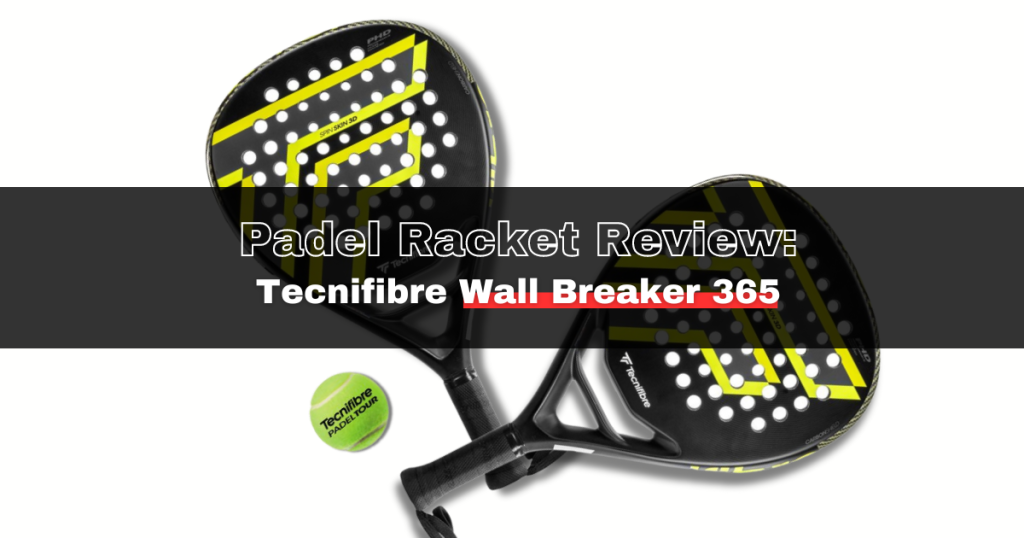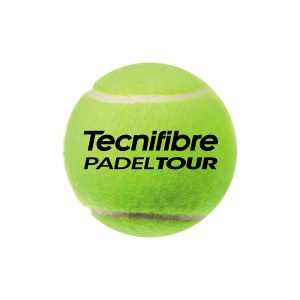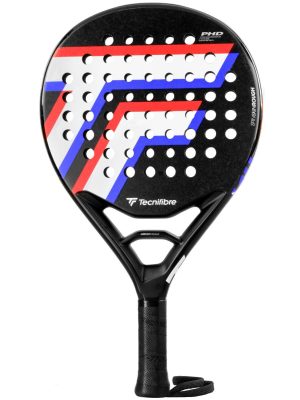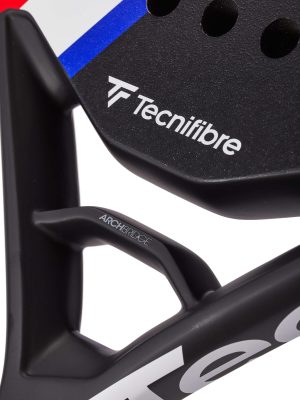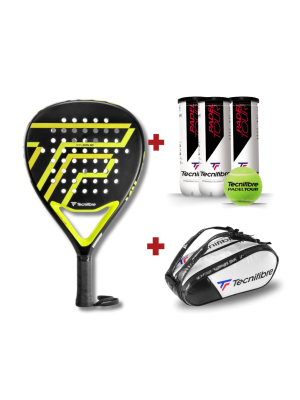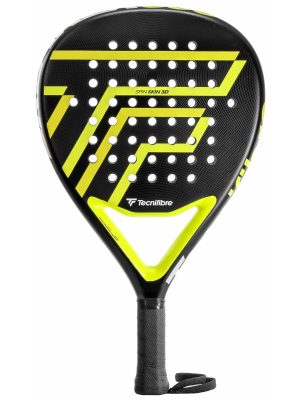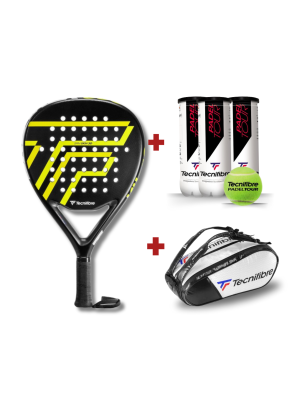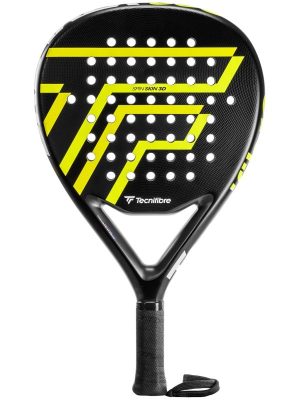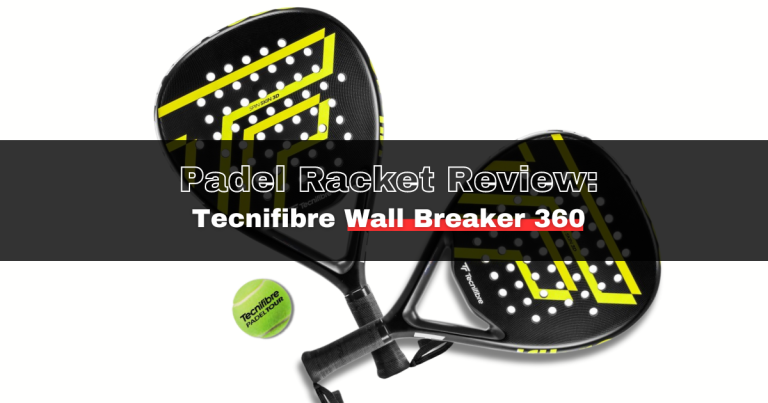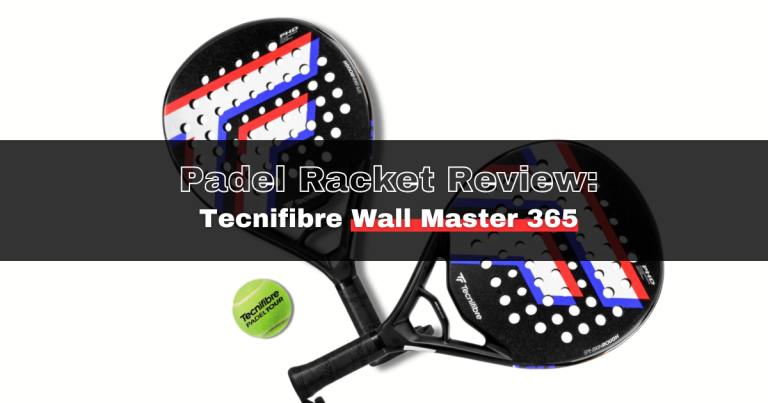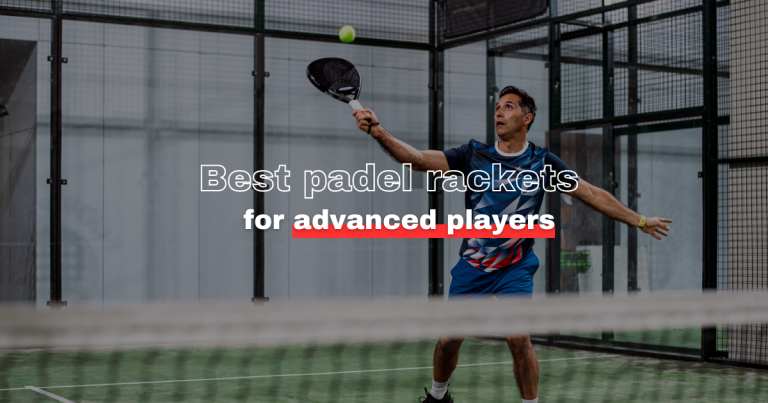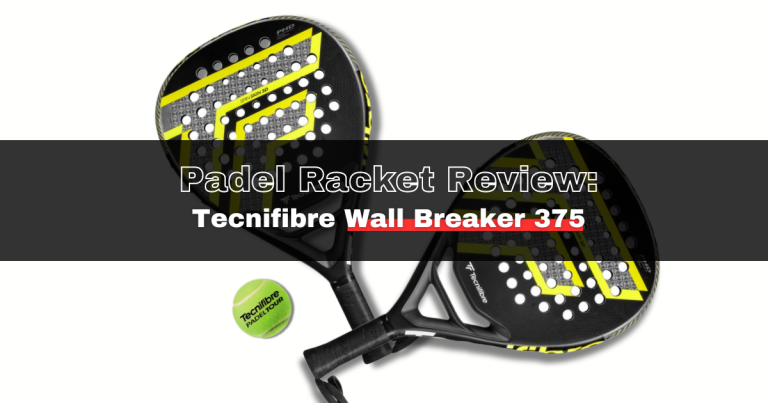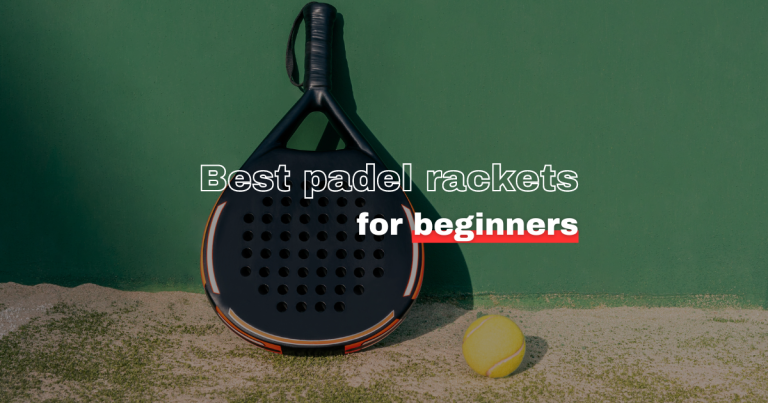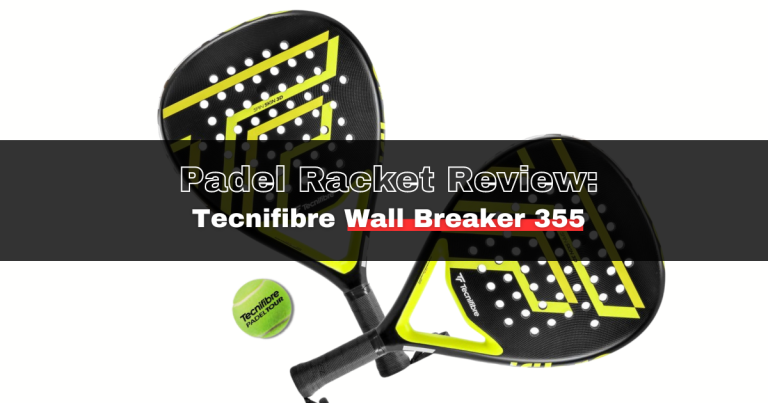Padel Buying Guide: How To Choose The Right Padel Racket
Choosing the perfect padel ball is as crucial as selecting your racket. The right ball can dramatically improve your performance on the court. But with so many options available, how do you make an informed decision? This comprehensive guide will give you the insights you need.
What is a Padel Racket?
A padel racket doesn’t have strings, unlike a tennis racket. Instead, it’s a solid piece of equipment, usually made of a composite material like carbon fiber, with numerous holes across its surface. The game of padel has specific requirements for the racket’s size and weight, which sets a standard for all professional and amateur players alike.
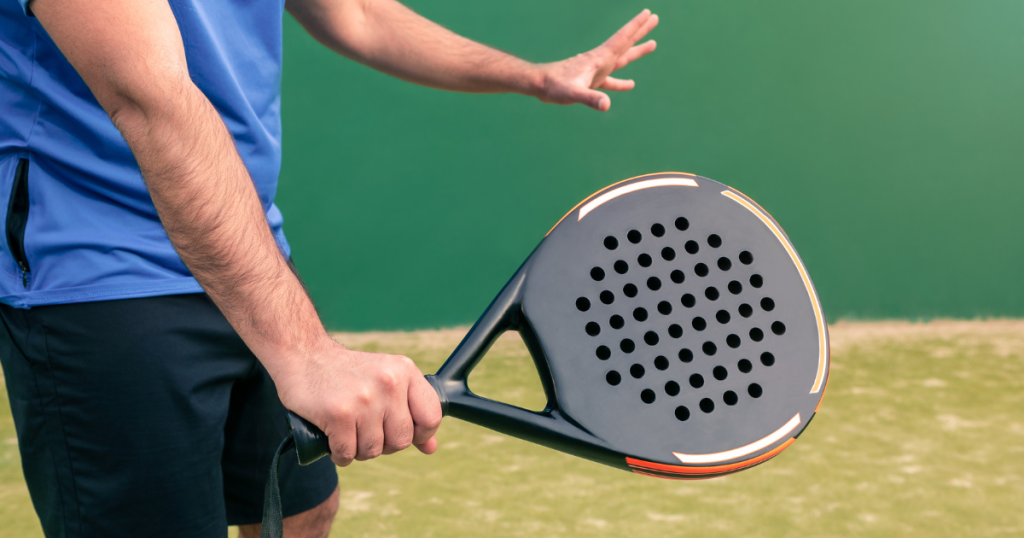

Padel is a sport that combines elements of tennis, squash, and badminton. It’s played on a smaller, enclosed court, and the rules allow the ball to be played off the walls, similar to squash. The padel racket, as a crucial part of this sport, is designed to provide optimal control and power while keeping in mind the player’s comfort during the game.
Key Factors to Consider When Choosing a Padel Racket
Budget
The cost of a padel racket can significantly vary, with professional-grade rackets often being more expensive. Like any sports equipment, the old adage “you get what you pay for” rings true. But, don’t be put off. There are plenty of budget-friendly options that don’t skimp on quality. Be realistic about your budget and try to find a racket that fits within it.
Playing Style
Your playing style is a fundamental factor in deciding the type of padel racket you need. Are you an aggressive player, focusing on power shots and smashes? Or are you a defensive player, placing the emphasis on control and placement? Your answer will determine the shape, weight, and balance of your ideal padel racket.
Level
If you’re a beginner, you’ll need a racket that helps you control the ball and improve your technique. More advanced players might want a racket that offers more power or one that enhances their specific playing style.
Frequency
How often you play should also factor into your decision. If you play occasionally, a basic or intermediate racket will suffice. But, if you’re hitting the padel court regularly or competitively, investing in a high-quality racket would be a wise move.
How to Choose the Right Padel Racket
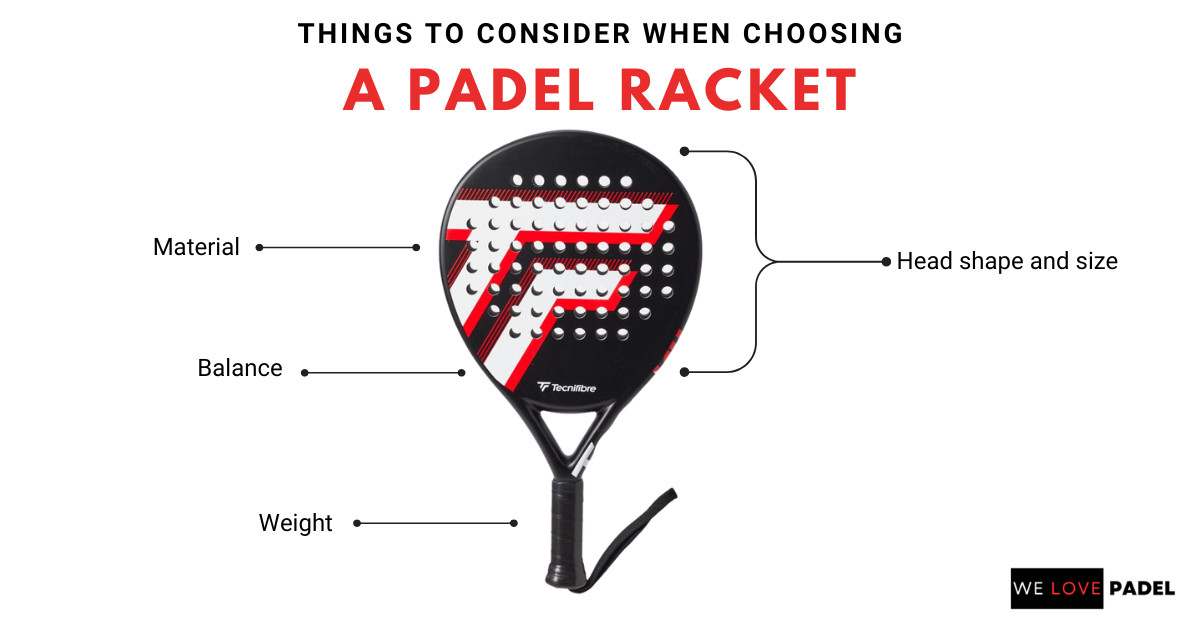
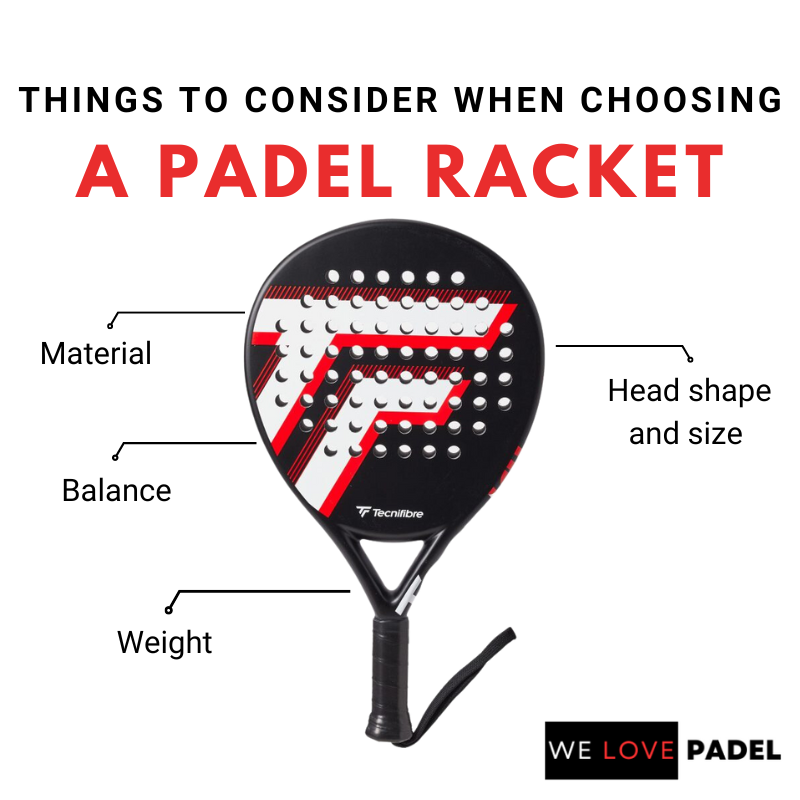
Weight
The weight of a padel racket significantly impacts its handling. Lighter rackets (usually under 370g) offer better control and are easier to maneuver, making them great for beginners. Heavier rackets (over 375g) provide more power and stability, preferred by advanced players.
Padel Racket Balance
Low Balance
A low-balance racket has more weight towards the handle, providing excellent control and making it easier to maneuver. It’s perfect for beginners or players who prefer a defensive style.
Medium Balance
A medium-balance racket is equally distributed in terms of weight. This balance provides a mix of control and power, suitable for intermediate players or those with a versatile playing style.
High Balance
High-balance rackets have more weight towards the head, offering extra power for offensive shots. They are preferred by advanced players who have the skills to handle the additional power without losing control.
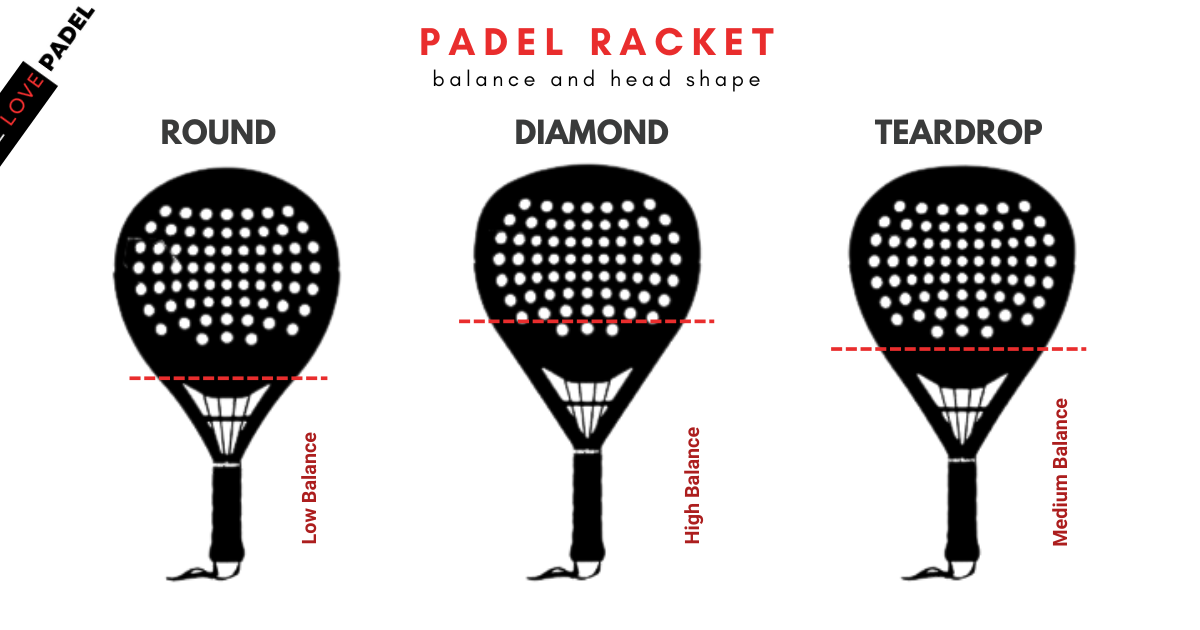
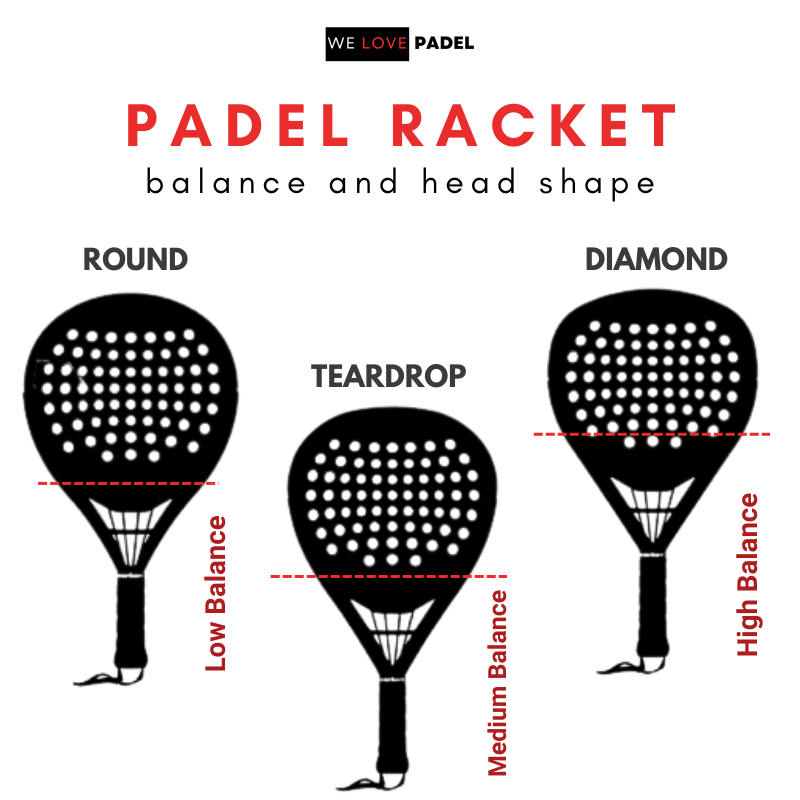
Padel Racket Shape
Diamond-Shaped Padel Rackets
Diamond-shaped padel rackets have their sweet spot located towards the top, favoring players who like to play with power and speed. The design enables powerful hits but requires a good level of skill to control.
Teardrop-Shaped Padel Rackets
Teardrop rackets offer a balance between power and control, with a centered sweet spot. They’re great for versatile players who like to mix up their gameplay.
Round Padel Rackets
Round padel rackets have the sweet spot located in the middle, making them the go-to choice for beginners or players focusing on control. They’re generally easier to handle and offer a forgiving gameplay.
Material
Internal Core and Surface
The core and surface materials can significantly affect a racket’s performance. The core is usually made of either EVA foam or FOAM. EVA offers a denser feel, providing power and precision, while FOAM provides a softer feel, favoring control and absorption of ball impact.
The surface material is usually carbon fiber, fiberglass, or a blend of both. Carbon fiber gives more power and durability, while fiberglass offers more control and flexibility.
Soft Padel Rackets
Soft padel rackets, generally with a FOAM core, are excellent for players who prefer control over power. The softness allows better absorption of ball impact, providing excellent control, which can be especially beneficial for beginners or defensive players.
Hard Padel Rackets
Hard padel rackets, typically with an EVA core, provide more power and are more suitable for aggressive players. These rackets are less forgiving, requiring a good skill level to control effectively.
The Best Padel Rackets of 2023
Stay tuned for our top picks for the best padel rackets of 2023!
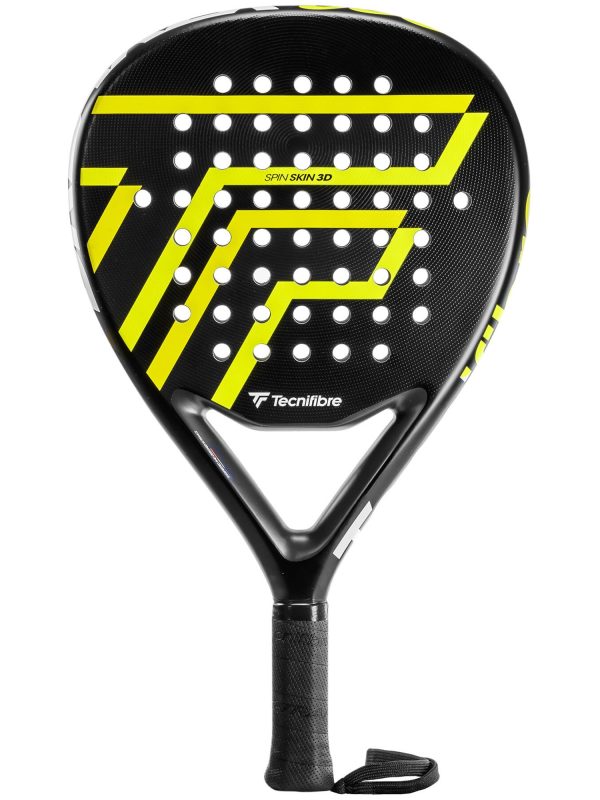 Tecnifibre Wall Breaker 360
Tecnifibre Wall Breaker 360
FAQs
What is the ideal padel racket weight for beginners?
Beginners should opt for a lighter racket, usually under 370g. This weight allows easier maneuverability and control, helping new players master the basic techniques.
Are round padel rackets suitable for professional players?
Round padel rackets are suitable for any level. They are generally recommended for beginners due to their control-oriented design, but even professional players might prefer them for their defensive gameplay style.
Do I need to consider my physical condition when choosing a padel racket?
Yes, your physical condition plays a significant role in your choice. Players with a strong physique can handle heavier rackets, which provide more power. If you’re prone to injuries, a lighter racket might be a safer choice.
Can I use a tennis racket for padel?
No, tennis and padel rackets are fundamentally different. A padel racket doesn’t have strings and is a solid piece of equipment. Using a tennis racket in a padel match would be against the rules and wouldn’t yield optimal results.
How often should I replace my padel racket?
Depending on how often you play, your racket could last anywhere from 1 to 3 years. If you notice a decrease in performance or visible wear and tear, it might be time for a replacement.
What’s the difference between EVA and FOAM in a padel racket?
EVA is a denser material that provides power and precision, while FOAM offers a softer feel, favoring control and absorption of ball impact.
- Padel Racket Review: Tecnifibre Wall Breaker 355
- Padel Racket Review: Tecnifibre Wall Breaker 360
- Padel Racket Review: Tecnifibre Wall Breaker 365
- Buying Guide (2)
- Padel Rackets (12)
- Product Review (9)
- Tips (3)
- UK Padel Courts (6)



